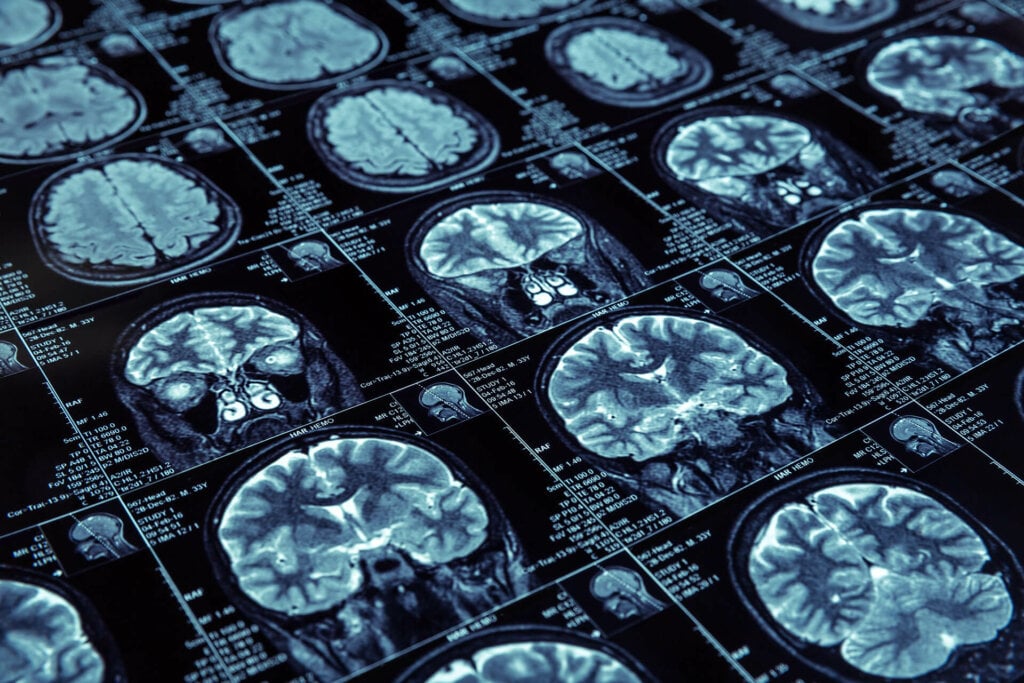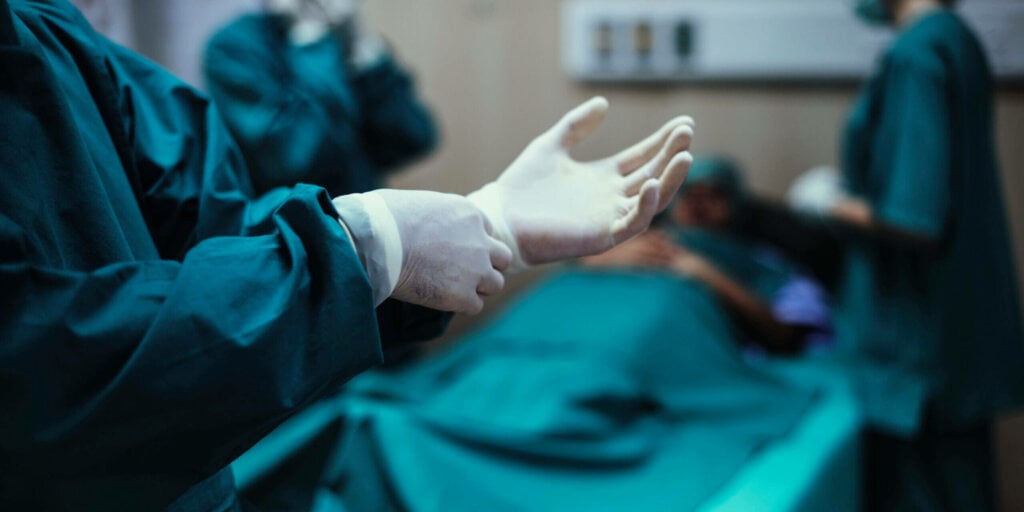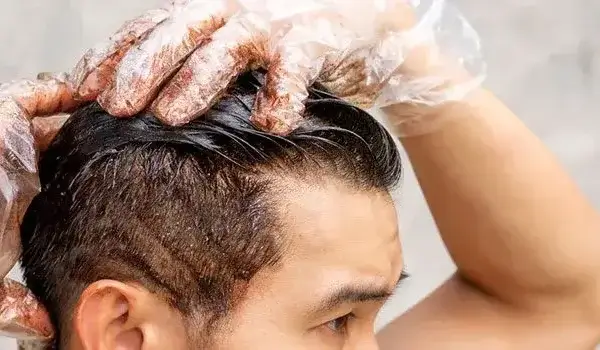One of the reasons why hair transplant is so popular and demanded is its easy recovery process; the procedure is very adjustable to the regular stream of life. This advantage of smooth recovery with the most effective results makes the patients opt for hair transplant procedures daily.
Still, the procedure is surgical, and every stage should be approached delicately. The recovery process is an integral part of the procedure, and if the proper care is not provided, the results may get disrupted.
Hair transplant techniques and recovery
Every technique may have a different hair transplant recovery process and post-op instructions. The FUE technique is followed by a smoother recovery than the FUT technique; FUE is much less invasive than FUT. Skin strip removal in the FUT process brings out the necessity of more delicate scar care in recovery. This scar is permanent and mostly visible after the operation. However, in FUE, the follicles are harvested one by one from their original places, and the only scarring is little wounds; these may cause itching, but it is temporary and much easy to treat compared to FUT scar. Unlike FUE scar, FUE scar is not visible without a close look.
Temporary side effects
After a hair transplant, patients can return to their daily lives within a day; however, the operation still has some side effects. Most of the side effects are temporary and very mild, so they are unlikely to cause severe disturbance in the recovery process. Mild pain and bleeding, edema, infection, change in skin sensation, and itching are some of the most common side effects of hair transplant. Other than these, although not so common, scalp laxity and hiccups can also be experienced,
Your hair transplant specialist will prescribe suitable medication, lotions, and shampoos to help you cope with the discomfort caused by these side effects; regular usage is essential for the smoothness of hair transplant recovery.
Shock loss
Shock loss is a common phenomenon experienced by most hair transplant patients. After a few weeks after the operation, the transplanted hair falls; this is often considered as the surgery was unsuccessful and therefore caused anxiety in patients. But shock loss is a natural part of the process and does not mean your operation did not work. The fallen hair grows back again as the growth cycle regulates itself.
The final results of a hair transplant may take 12-18 months to be visible; this time can change for the different parts of the scalp and the scalp structure of the patient. Before the results are visible, it is impossible to have an idea about the effectiveness and quality of the operation. Therefore patients should be patient in the recovery process.
Mono Hair Transplant Clinic acquires the importance of the hair transplant recovery process and therefore arranges the best aftercare services. All aftercare facilities are chosen among the best ones in the city; a personal assistant will be assigned to help you with your needs and questions 7/24 throughout your journey. Our experienced hair transplant specialist will do your first washing. To initiate your treatment journey, please get in touch with us and get an online consultation.










